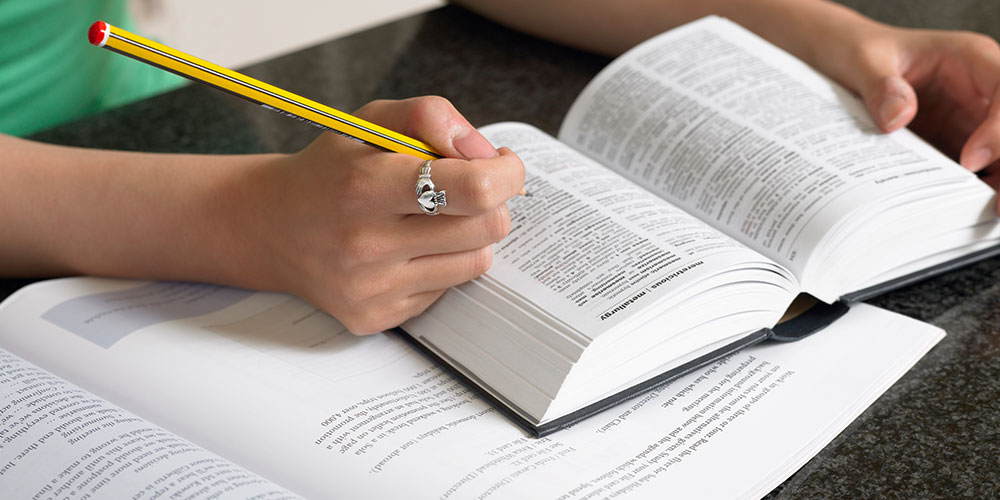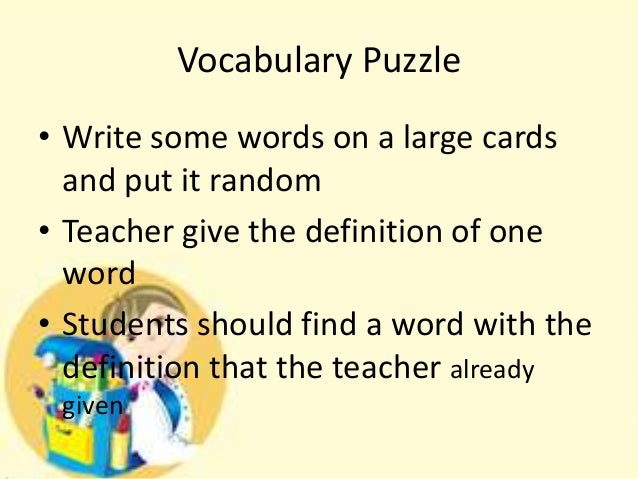
- #Teaching vocabulary to young learners how to
- #Teaching vocabulary to young learners code
- #Teaching vocabulary to young learners professional
Make dialogues using new vocabulary items. Alternatively, they could shout 'Hurray!' or 'Boo!', then finally 'Yes, I do!' and 'No, I don't!' Your learners can respond by putting up their left hand for yes, their right for no, or other culturally appropriate gestures.
#Teaching vocabulary to young learners code
Colour code or number your flashcards.Alternatively, you could cover the flashcard with another piece of paper and slowly reveal the picture or the letters of the word. To keep your learners on their toes you could 'flash' the flashcards fast, upside down or back-to-front (just so they can see the outline of the picture or word through the paper) and ask them to identify the item.Continue until all the flashcards have been removed and your learners can remember all the missing items! Drill again, up to and including the missing item. Drill each item and remove the last card. Place five or six flashcards in a line on the board.This can be great fun when drilled in different ways: say the words slowly, happily, angrily, loudly, quietly or like an orang-utan, for example! Choral drill the vocabulary on the flashcards, as a whole class, teams or small groups in turn.Give each of your learners a set of flashcards and ask them to show you the correct card when they hear the item, for example, you could say, 'Show me the giraffe!', 'Hands up if you've got the jellyfish!', or 'Point to the yak!' This activity works very well in teams – give each team an equal number of flashcards, and the first team to show you the correct item scores one point!.Depending on the size of the class, learners could run to the correct part of the room or stand next to the correct card. Ask your learners to point to the correct flashcard when they hear it. Place the flashcards around the room, on the wall, door, window, chairs or floor.For example, can they move like tigers or elephants? Ask your learners to respond non-verbally to the flashcards through actions.

Introduce each vocabulary item with the flashcards.You can make your own flashcards using this flashcard maker or try the sets of flashcards on LearnEnglish Kids. Using flashcards is also a great way to present and practise vocabulary. There are over 100 word games on LearnEnglish Kids that help learners learn and practise new vocabulary through picture matching games. Higher levels can include an example of the word in a sentence to give it context. They could also write a translation, or draw a picture of the word.


#Teaching vocabulary to young learners how to
Check they know how to pronounce each word and have them underline the main stress.
#Teaching vocabulary to young learners professional
Taking responsibility for own professional developmentĭo you encourage your learners to keep vocabulary records? Get them to write new words at the back of their notebooks during class.Supporting ongoing teacher professional development.Understanding educational policies and practices.

Taking responsibility for professional development.


 0 kommentar(er)
0 kommentar(er)
